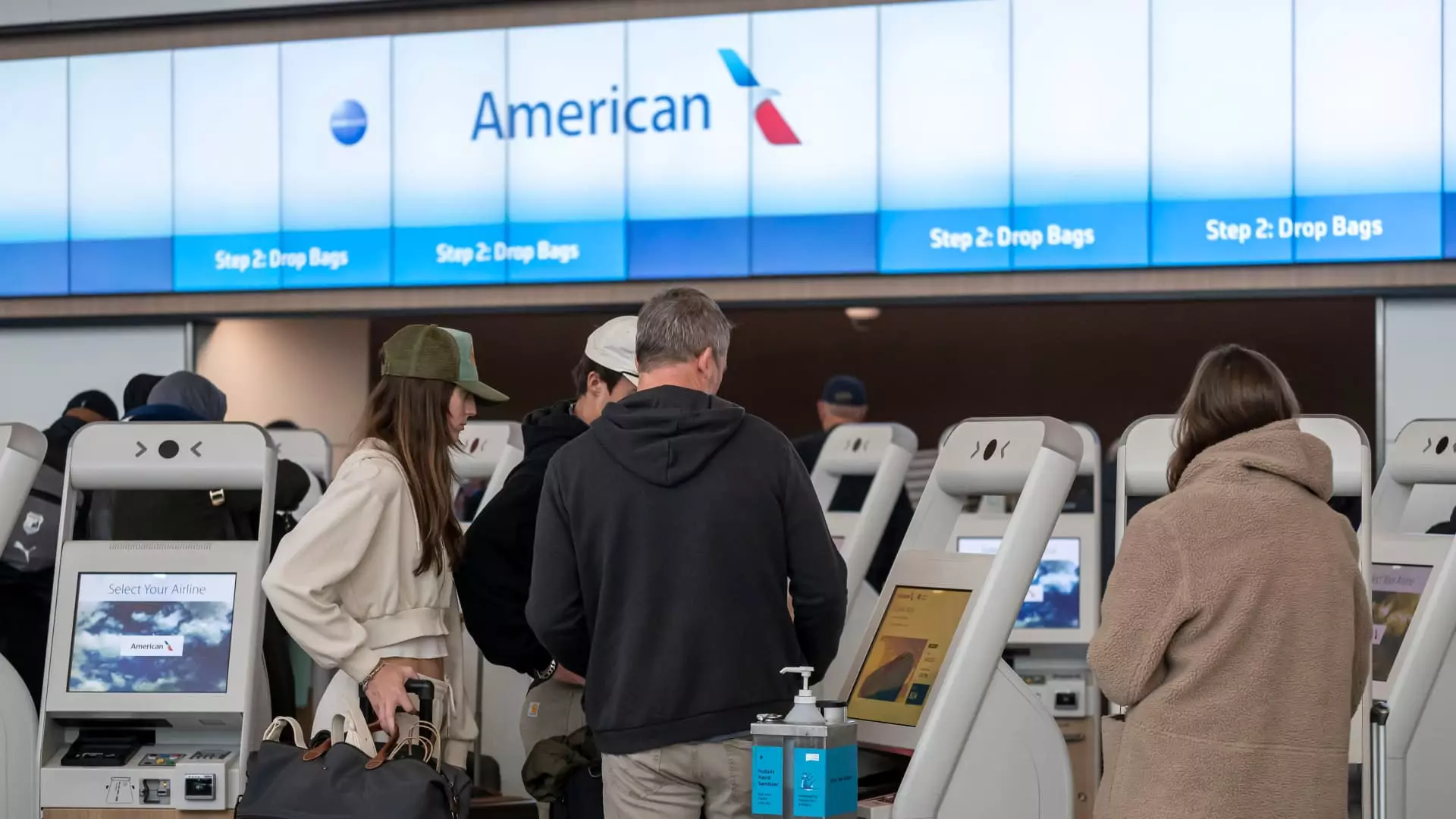American Airlines recently experienced a dramatic decline in its stock price, falling 2.5%. This drop followed the devastating news of a collision between a regional jet and an Army helicopter in Washington D.C. The incident marked a somber milestone as it represents the first fatal commercial airline crash in the U.S. since 2009. Such events can have profound implications for airline stocks, as safety concerns traditionally lead to decreased consumer confidence. Investors are likely reacting with caution, considering the impact this news could have on American Airlines’ reputation and profitability in the coming months.
Nvidia: Continued Selling Pressure
In the tech sector, Nvidia saw its shares drop by over 3%, continuing a troubling trend that has seen the company’s stock fall by more than 16% throughout the week. The pressure on Nvidia is reflective of broader challenges within the semiconductor industry, including supply chain disruptions and heightened competition. Nvidia’s role as a major supplier in AI and gaming remains strong, but current market adjustments reveal the difficulties that accompany rapid technological advancement. Investors may be weighing long-term prospects against immediate market fluctuations, prompting cautious trading behavior.
United Parcel Service: A Significant Decline
United Parcel Service (UPS) is grappling with a staggering 16% decline in stock value, positioning it for one of its worst days in history. The catalyst for this downturn appears to be an announcement about scaling back its delivery volume for Amazon, the company’s largest customer, by more than 50% by the second half of 2026. This strategic shift could indicate broader complications in UPS’s relationship with Amazon, which has long been seen as a key driver of shipping demand. As UPS navigates this challenging development, investors may need to reassess the company’s growth trajectory.
Las Vegas Sands: A Positive Surprise
Conversely, Las Vegas Sands reported a remarkable 10% increase in its stock price, benefiting from unexpectedly strong revenue results for the fourth quarter. The casino operator posted revenues of $2.9 billion, exceeding analyst expectations of $2.87 billion. This positive performance could indicate a resurgence in consumer interest in travel and entertainment, particularly as market conditions improve post-pandemic. Investors seem encouraged by this data, reflecting a potential optimism for the company’s future prospects as tourism gradually rebounds.
On the software front, ServiceNow’s shares fell sharply, declining over 12% amid soft revenue guidance for the first quarter. The company projects revenues in the range of $2.995 billion to $3 billion, slightly trailing the FactSet consensus estimate of $3.03 billion. This underwhelming guidance contrasts with the positive performance seen in other tech stocks, illustrating the sometimes unpredictable nature of the software market. Investors are likely reassessing ServiceNow’s growth potential as it navigates a competitive landscape that demands innovation and adaptability.
IBM: A Strong Performance Turns Heads
In a noticeable exception, International Business Machines (IBM) saw its stock rise by 12%, buoyed by stronger-than-expected fourth-quarter results. IBM reported earnings per share of $3.92—surpassing analysts’ expectations—and revenue close to anticipated levels at $17.55 billion. This outcome offers a silver lining for a company that has faced significant challenges in the past. Investors appear to be responding positively to IBM’s ability to outperform expectations, indicating a potential shift in market sentiment toward this legacy technology firm.
Caterpillar and Teradyne: Mixed Results
Caterpillar, a major player in the industrial equipment sector, saw its shares decline by 4.8% after reporting revenues that fell short of analyst expectations, despite a solid earnings per share performance. Meanwhile, Teradyne faced challenges of its own, with a 6.5% dip due to mixed guidance and a cautious outlook for the first quarter. Both companies exemplify the broader struggles faced by manufacturing and technology firms amid fluctuating economic conditions, highlighting the necessity for adaptability in their business strategies.
Telecommunications giant Comcast reported a severe 12% decline following a significant loss of broadband subscribers, a number that exceeded prior projections. This decline signals ongoing challenges in the competitive telecom landscape. Similarly, Cigna’s stock fell by 8% after fourth-quarter earnings came in below estimates, despite reporting a revenue figure that exceeded expectations. Both companies showcase how pivotal quarterly results can be in steering the confidence of investors, linking operational performance directly to stock market reactions.
The midday trading session reflects a diverse range of market reactions to corporate headlines, demonstrating the complexities of investor sentiment across various sectors. From tragic incidents impacting airlines to surprising recoveries by established tech companies like IBM, the market remains dynamic and unpredictable. Stakeholders must navigate this volatility with astute understanding and strategic planning, as corporate performance continues to significantly shape stock valuations.

